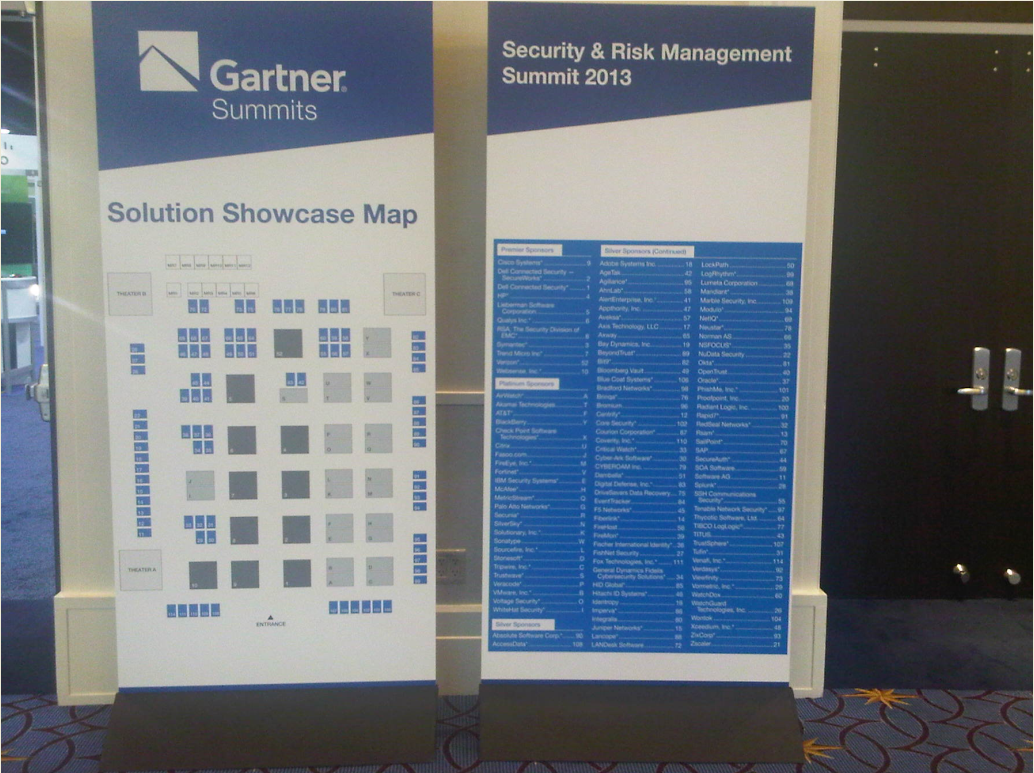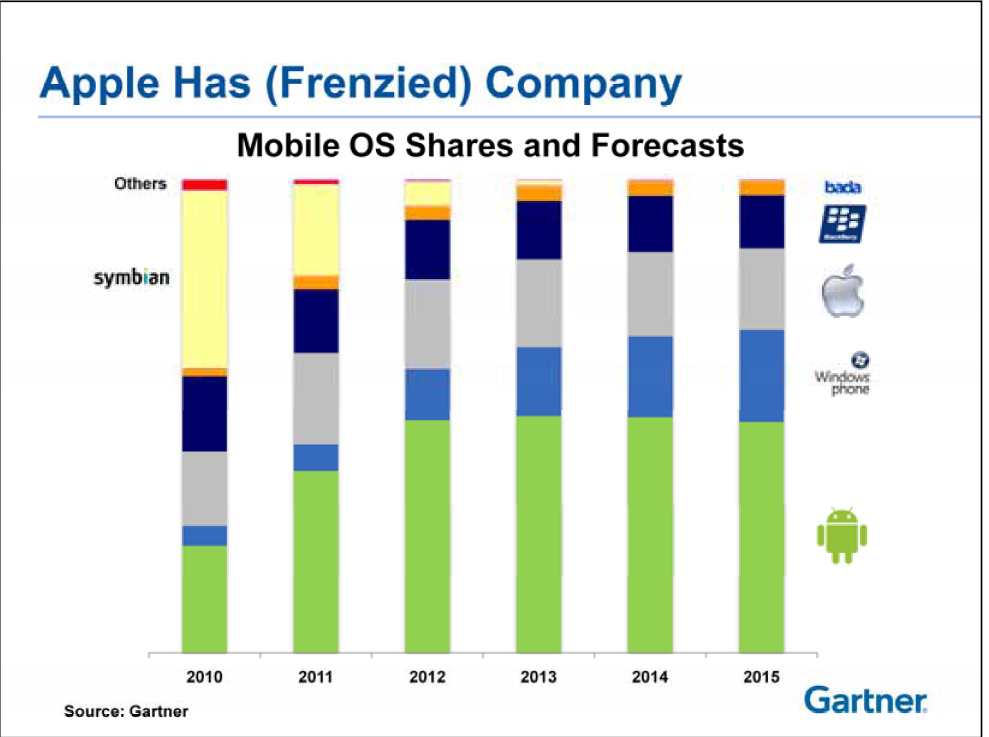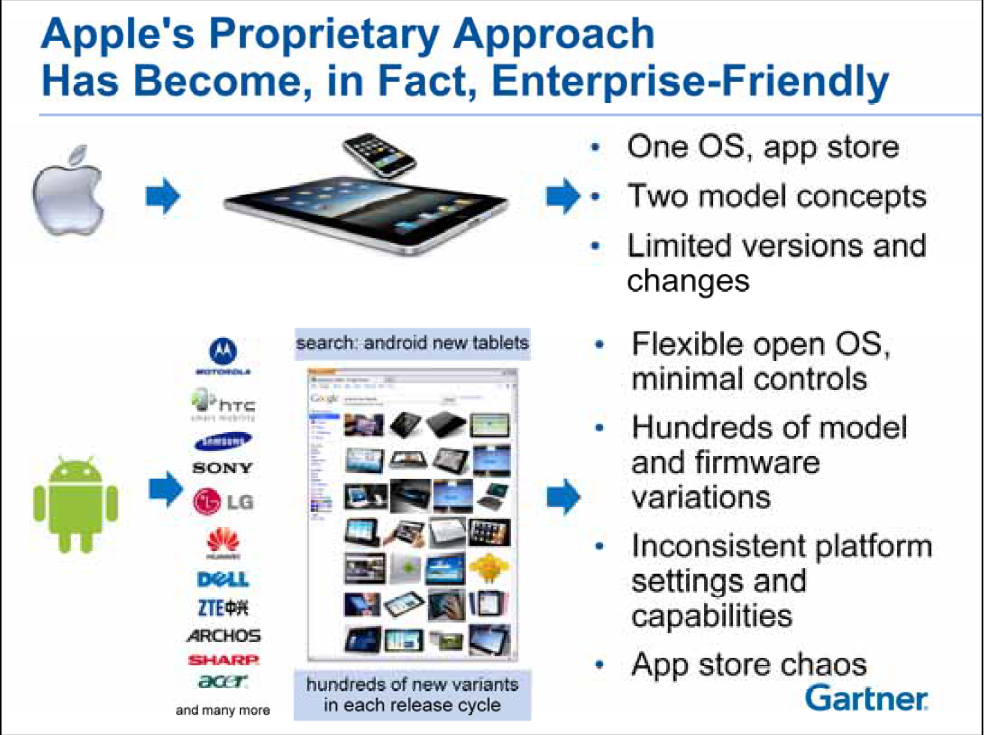1. The Security Industry is growing at a Compound Annual Growth Rate (CAGR) of 9%. Last year, UT was at $60.5 billion dollars. This year? $65.735 billion dollars. And in 2016, it's projected to grow to $85 billion.
2. Endpoint protection leads the way of 'Most actively deployed security technology' with 87%. Close behind is Web filtering/blocking with 86%, and Standalone Antivirus rounds of the top three with 84%.
3. The least deployed security technology is Mobile Device Management, with just 45%.
4. When it comes to the top technology customers plan to deploy in the next year, Mobile Device Management is leading the pack with 51% (see below).
- Mobile Device Management = 51%
- Data Loss Prevention = 32%
- Advanced Threat Detection/Prevention = 26%
- Unified Threat Management = 25%
- Web filtering = 9%
- Endpoint Protection = 8%
6. Below is the list of key drivers for M&A transactions in the security industry.
- Mobility – acquirers are seeking technologies that can secure and protect mobile devices
- Competition among the big vendors – greater competition and need to acquire to keep up
- Security Awareness – Is now a board level issue for companies and #1 Gartner requested inquiry is fielding questions from large end users about enhancing security
- Attackers Getting Smarter – Larger industry players need innovative startups to fill out their product portfolios
- Security Intelligence – that brings action to integration
- Product and Bundle Synergies – Buyers like security suites and Gartner recommends them
- G&A Efficiencies – Larger players know acquisitions can be profitable because of G&A cost reductions post integration
- Channel Synergy – Larger players can market newer acquired technologies through existing distribution and channel networks
- China – 19.1% CAGR
- APAC = 16.1%
- Latin America = 14.3%
- Middle East = 9.4%
Network Inspection and Reputation Analysis
- Gateway behavioral monitoring
- Local application control
- Data protection (from exfiltration)
- Fraud monitoring
- Adjusting marketing to be better aligned with the top trends like MDM.
- Partnering with third party vendors.
- Reviewing and enhancing product capabilities to support BYOD and virtualization security concerns.
- Examining product roadmaps and align them to increase function/features around key market interest areas such as Mobility and Security Context.
- Driving changes in your portfolio to deliver SaaS – customers are significantly more interested in paying for security by the drink rather than as an upfront CAPEX.
- Considering advanced uses of security context – such as real time policy enforcement in response to actionable threats.
- Trying to create a leading position as a point solution in security context/intelligence or mobile device protection to prepare your business for acquisition.
(Source: Gartner)






